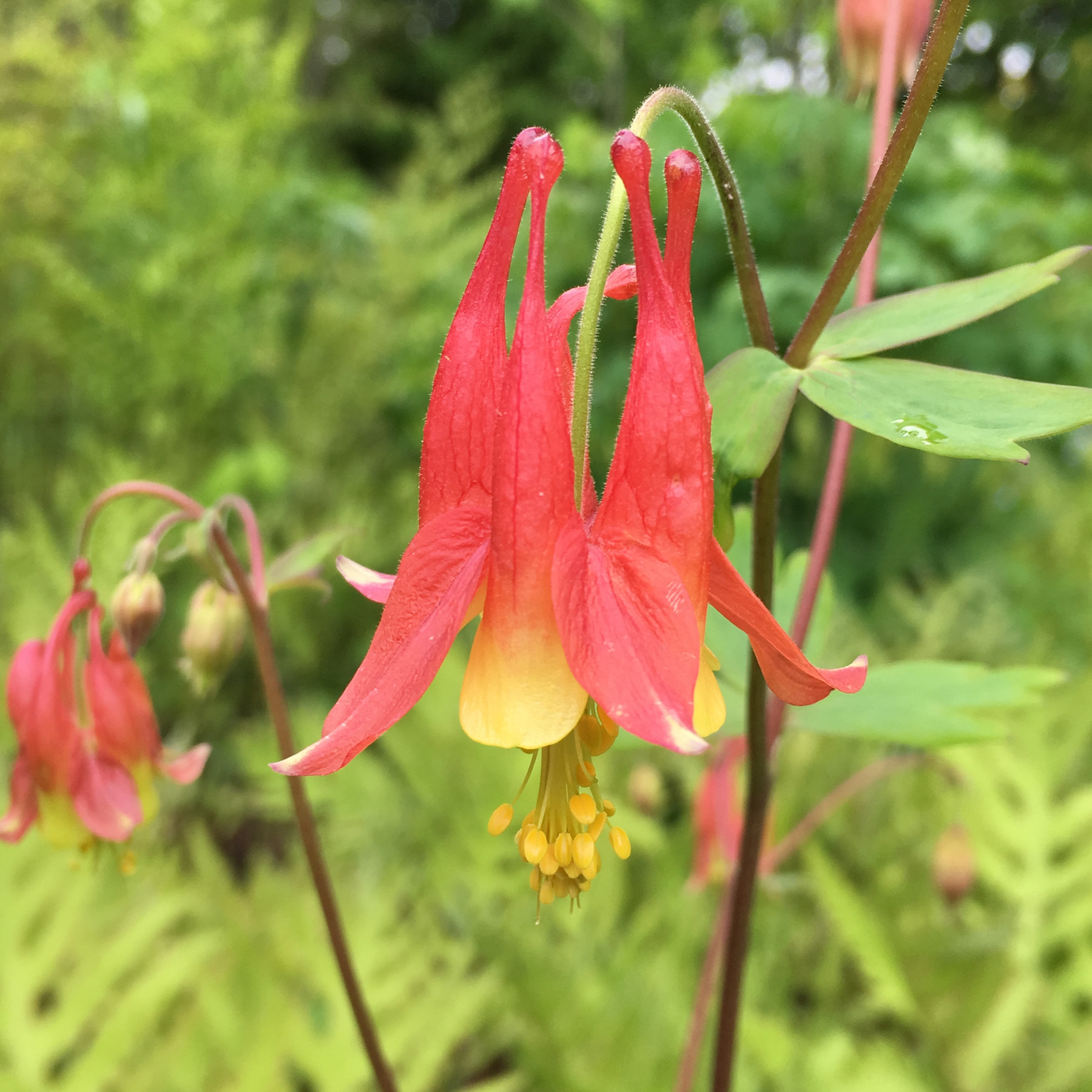
Winter is settling in. The last roses, which lingered almost until Thanksgiving, have been blasted by a couple of cold nights. Trees are gray and bare, their colorful leaves fallen. The busyness of gardening, such a powerful balm and refuge in this difficult year, has come to an end. All is bare and still.
But there are no endings in a garden. To plants, winter – even the worst winter — is just a pause. They’ve had millions of years to develop ways to survive cold, snow, ice and drought. They naturally lock down and wait it out. When I look carefully at my plants, or when I walk around the neighborhood or hike through the nearby woods, I can see them making it through.
Most trees and shrubs look dead, but they’re just dormant. Early in the fall, they stopped growing and let their water and food supplies subside down in their roots, to be stored underground, safe from bitter cold. Yet they’re already equipped for spring: At the tips of many branches I can already see buds.
Each of these little capsules contains the tiny beginnings of a leaf or a flower, crumpled up like a tissue in the pocket of a winter coat and sealed with a tough, leathery covering to protect against the cold and drying wind. In spring, when a shrub or tree gets the right signal from lengthening days and warmer temperatures, water will begin to rise from the roots to plump up the cells of those hidden leaves and flowers. They’ll unfold and expand, forcing apart the leathery bud scales and unfurling into the sunlight of a spring day.
Here and there my flower beds and my neighbors’ I can see the brown stalks of perennials – coneflowers and phlox, turtlehead and columbine. Their flower heads are dried out, their seeds cast away. In spring, I’ll discover where some of those seeds landed.

A seed is a plant’s way of sending offspring out into the world with a chance to survive a cold winter or a dry season. Inside a hard, protective seed covering, with a starter food supply, is the minuscule embryo of a new plant. Most seeds don’t survive the winter; they’ll land on concrete instead of soil, or be eaten by birds or other foragers, or be killed by cold, or dry out. But here and there a lucky seed will roll or be blown into the safety of a hospitable spot—maybe into a little divot in moist soil, beneath a layer of sheltering leaves. There it will lie until spring rains come to soften the seed coat and awaken the embryo. And then, once again, I’ll find columbine sprouting where I didn’t plant it.
In the gray, bare woods, I often see flashes of almost unreal green: moss. Mosses beat anybody at hunkering down and being ready for better times. The resilient plants are just a few cells tall, and if they dry out, they collapse entirely. But they don’t die, and because they contain little water that could turn to ice crystals, they don’t freeze. They just wait—and it only takes a little moisture, from rain or snow, to recharge them and get them busy at photosynthesis. All through the winter, those green beacons among the brown leaves and along fallen logs are a reminder that life goes on.
I’m hunkering down too, for a winter that feels more daunting and uncertain than most. Still, my garden and the woods give me something important to hold onto: Visible evidence, if I look closely, that spring can’t help but come.










